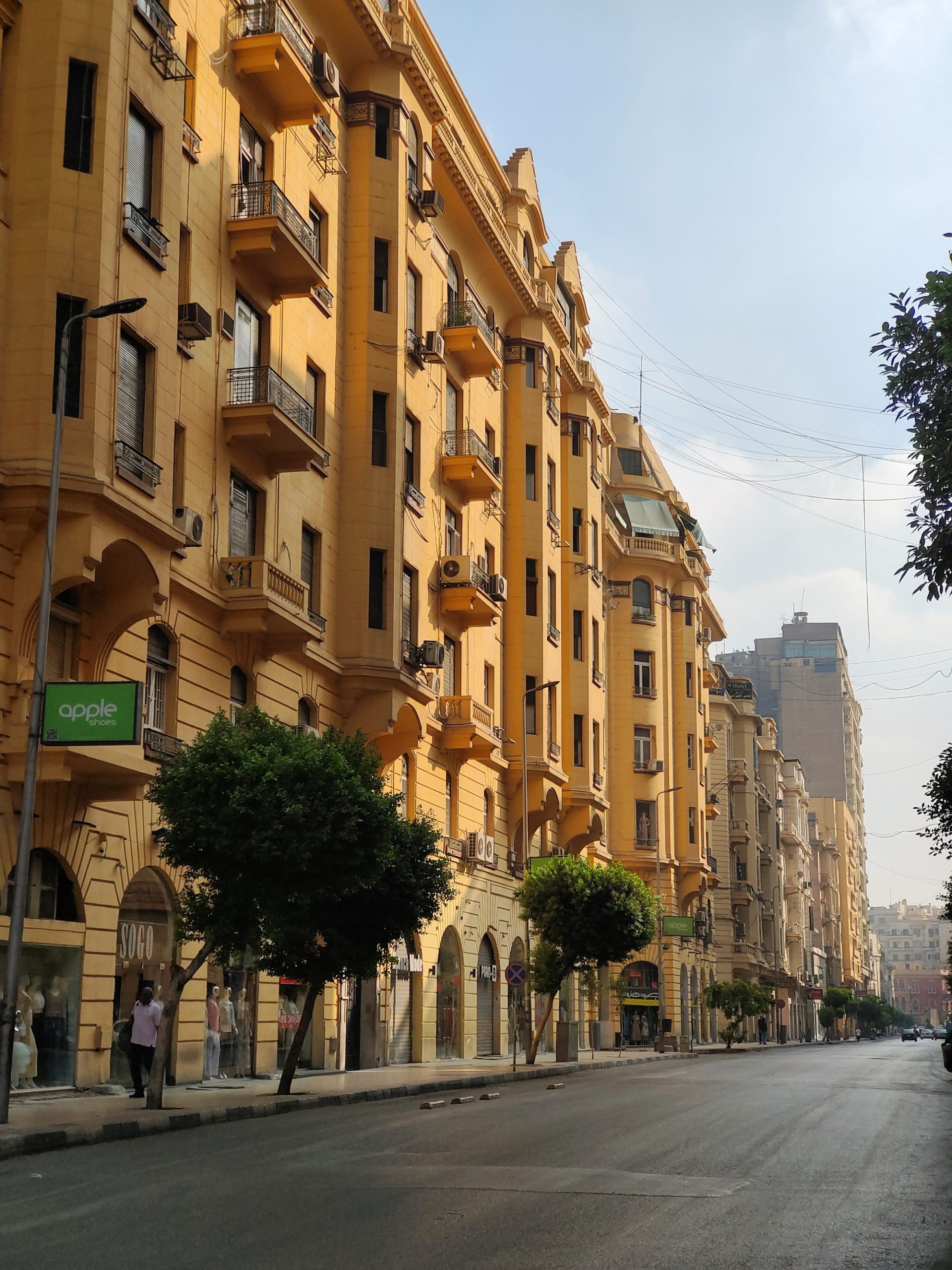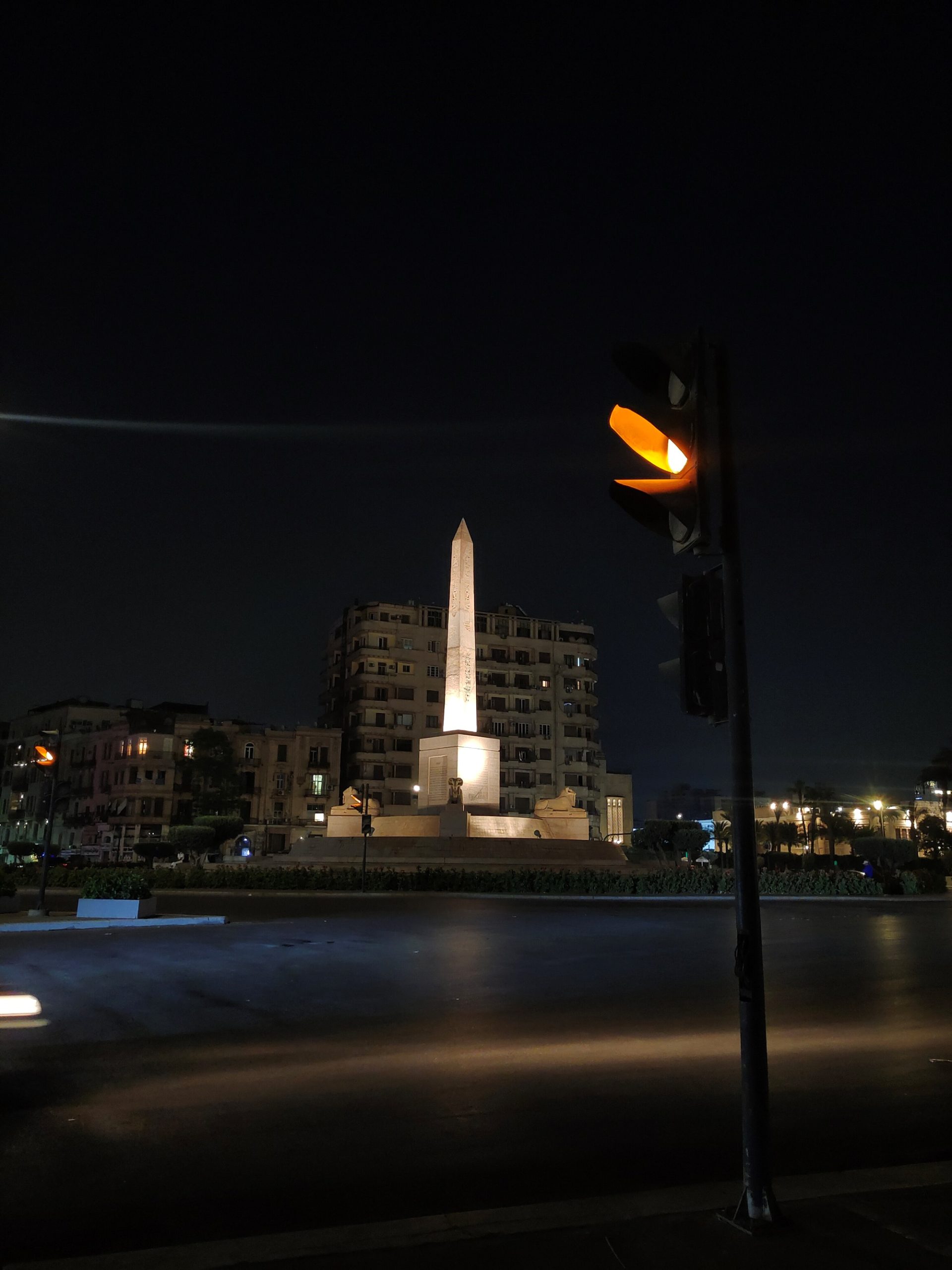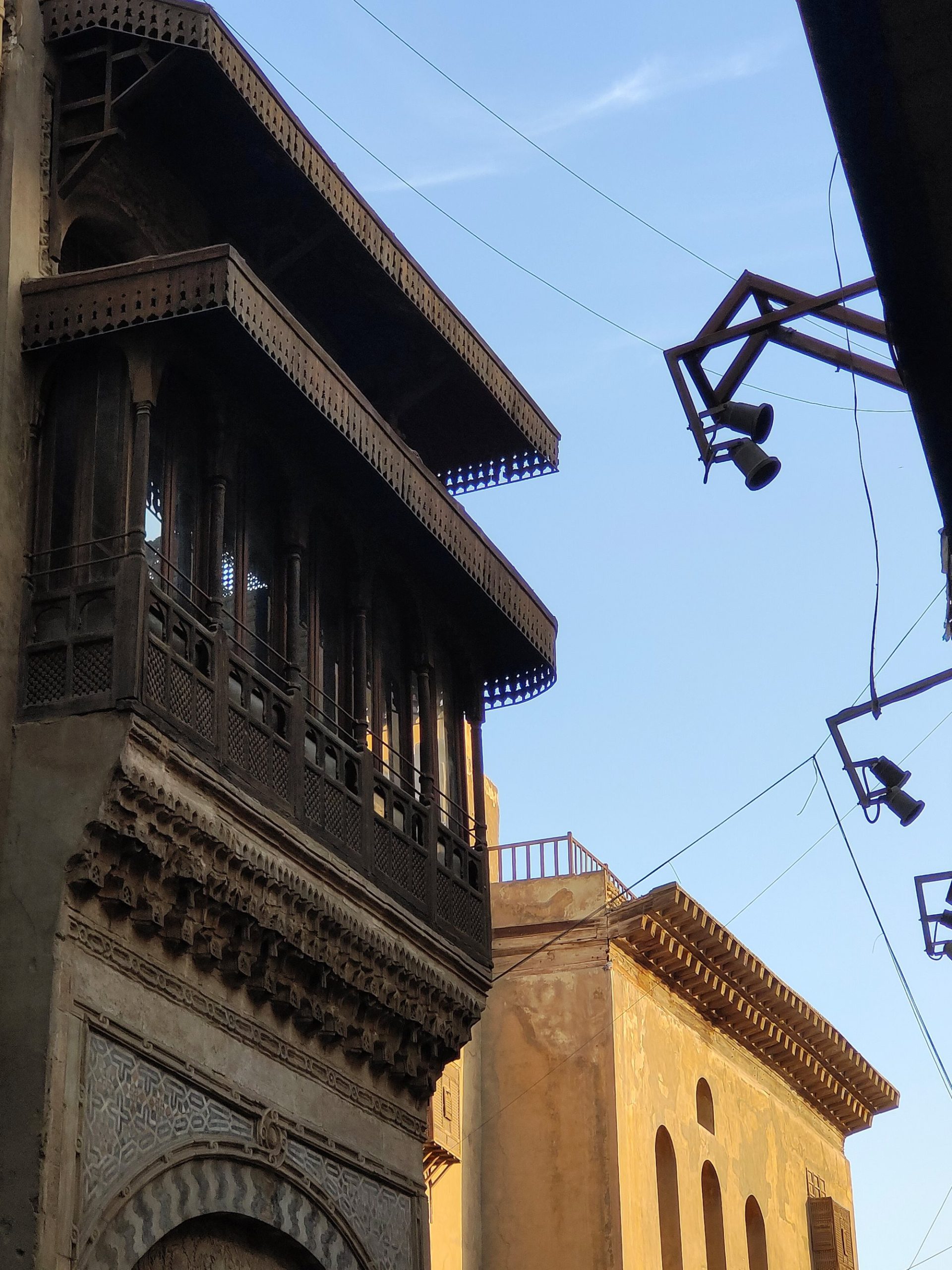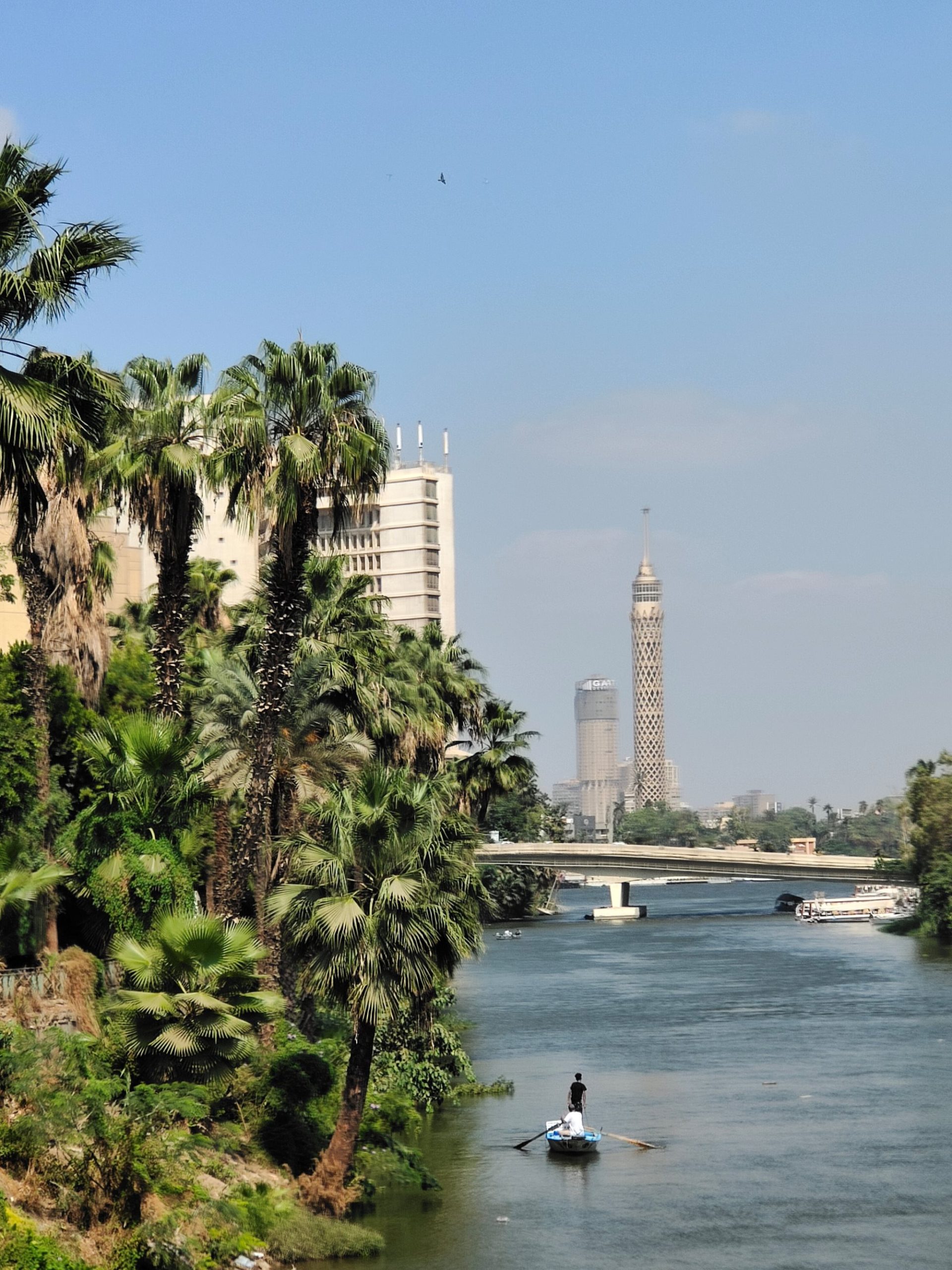
Safy Allam
Images by Assmaa Rady
Every year on July 6, Cairo quietly celebrates its birthday. It is not recognised with fireworks or parades, but rather by the enduring existence of a city that has lasted over time. In 2025, Cairo turns 1,056 years old, and yet it still pulses with the same energy, wonder and resilience that began back in 969 AD when a single stone was laid by Jawhar al-Siqilli, the Fatimid commander sent to found a new capital.
Cairo isn’t just a city. It’s a story that never stops being told; in the call to prayer echoing from minarets, in the scent of cardamom from a market stall, in the quiet strength of an old gateway or a sunlit alleyway.
A City Born in Victory

The city we now know as Cairo began as a Fatimid military camp, but it didn’t take long to grow into something more. It had many names in its early days: Fustat, Al-Askar, Al-Qata’i, Al-Mansuriyyah, each one tied to a different moment in Egypt’s political and cultural journey.
But the name that stuck was Al-Qahira, The Victorious, said to be inspired by the bright appearance of Mars (Al-Qahir) in the night sky when the city was founded. Over time, the capital absorbed the identities of all the cities that came before it, until Cairo became not just a name, but a memory shared by millions.
Remembering the Builders, Honouring the Keepers

Celebrating Cairo’s birthday means remembering everyone who shaped it, from the Fatimid rulers who built it and the architects who restored its mosques, to the everyday people who keep its stories alive.
In recent years, the city has undergone waves of development, including the construction of new bridges, the building of new homes for those relocated from unsafe areas, and the careful restoration of historic quarters. While some parts of Cairo move forward into the future, others are being gently brought back to life, and that balance is what makes the city feel alive.
One Gate, Many Stories

Among the oldest and proudest symbols of Cairo’s history is Bab al-Futuh, the “Gate of Conquest”. Built originally under Jawhar and later rebuilt in the 11th century by Badr al-Jamali, the gate once stood as the final sight for soldiers heading off to battle, and the first welcome when they returned victorious.
Today, Bab al-Futuh still stands tall, guarding the entrance to Al-Muizz Street, one of the oldest and most beautiful streets in the city. Its stone towers may be weathered by time, but they still whisper tales of power, pride, and return.
A City That Lives in Its Details

Cairo isn’t just found in its famous landmarks. It lives in a carved wooden window, a backstreet coffee shop, or the shadow of a pigeon flying past an old minaret. Sometimes, it hides in a whisper between neighbours. Other times, it’s loud and proud, in traffic jams, street music, or a burst of laughter from a balcony above.
To walk through Cairo is to walk through history, memory, and daily life, all layered on top of each other like the stones beneath its feet.
Why This Birthday Still Matters

Marking Cairo’s 1,056th birthday isn’t just about age. It’s about honouring a city that has been a centre of culture, power, faith, and resilience for over a millennium.
It reminds us that beauty can be found in the most unexpected corners. That cities don’t just survive by building up, but by remembering what came before. And that Cairo, no matter how much it grows or changes, always carries its past with pride.
So this July, take a moment. Step through a gate. Walk a little slower through a historic street. Look up. Listen. Cairo is still telling her story, and every one of us is part of it.
recommended
 Cafés
Cafés
Bakeries in Maadi: 5 Spots for Winter Cravings and Baked Comfort
204 Bakery & Coffeehouse Bakeries in Maadi +6 City Life
City Life



